AI in the workplace is becoming increasingly prevalent as technology continues to advance. This has sparked both excitement and concern among employees and employers alike. While the integration of AI in the workplace has the potential to streamline processes, increase productivity, and reduce costs, it also brings about a new set of challenges.
In this comprehensive blog post, we'll explore the growing role of AI in the workplace, its benefits, and the challenges it presents. We'll also look at how AI is not merely replacing jobs but transforming them and what that means for the future of work.
The Rise of AI in the Workplace
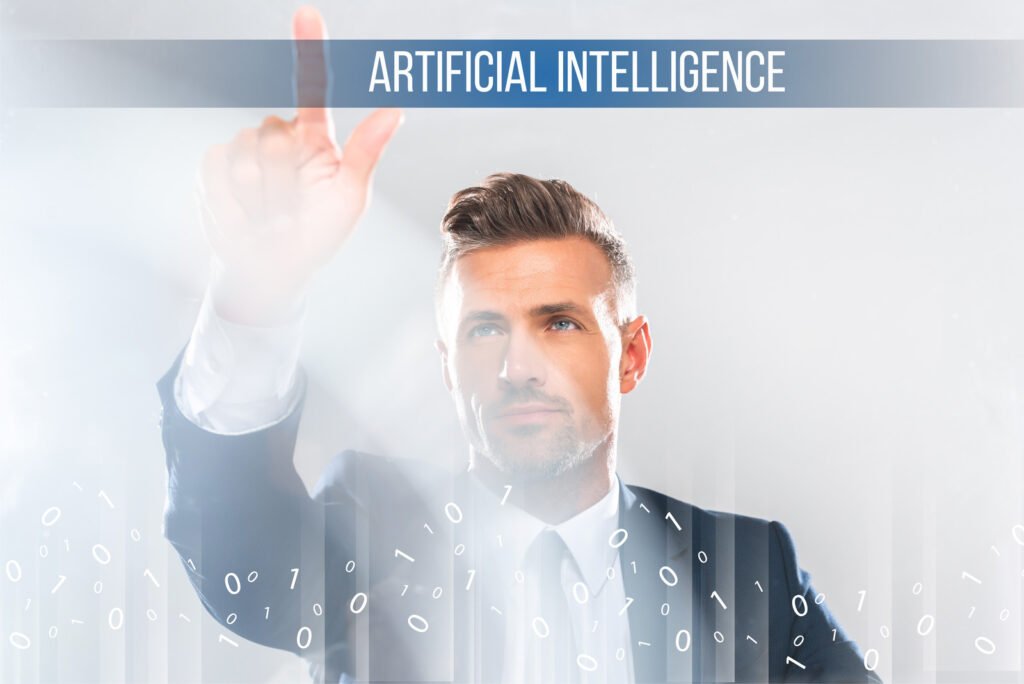
AI in the workplace is no longer a distant dream—it's a present reality. Across industries, companies are leveraging Artificial intelligence to streamline operations and boost efficiency.
From chatbots in customer service to machine learning algorithms in data analysis, these AI tools are handling routine tasks, allowing employees to focus on more strategic initiatives. This shift not only enhances productivity but also opens new avenues for creativity and problem-solving.
The integration of AI in workplaces is evident in various sectors. For instance:
Manufacturing companies use AI-driven robots for assembly lines, reducing errors and increasing output.
In Healthcare, AI systems assists doctors by analysing patient data to provide more accurate diagnoses. Each application showcases AI's potential to revolutionize traditional processes, making them faster and more reliable.
Retailers use AI technologies to analyse customer data, creating personalized recommendations for products and improving the shopping experience.
In Human Resources, AI simplifies the hiring process by sifting through resumes, shortlisting candidates, and identifying the most suitable applicants.
Marketing and Social Media companies use AI to analyse consumer behaviour and preferences, creating targeted campaigns that resonate with their audience.
The Finance Sector, where AI-driven software handles invoicing and transaction monitoring. These tools significantly reduce the time spent on manual data entry, freeing employees to focus on financial analysis and strategic planning.
The rapid adoption of AI in the workplace is transforming industries and creating new job opportunities. But it also brings a unique set of challenges that must be addressed for successful integration.
AI Benefits in the Workplace
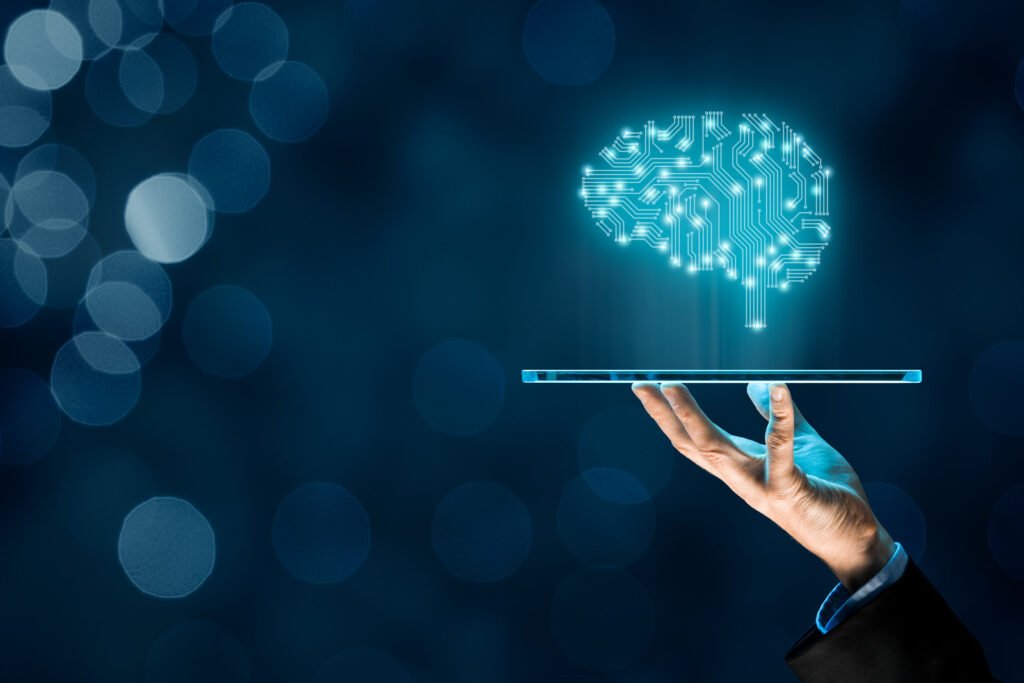
The incorporation of Artificial Intelligence in the workplace offers several AI benefits that can drive a business's growth and success. Some of these include:
- Efficiency: As mentioned earlier, AI tools can handle routine tasks, freeing up employees' time to focus on more critical responsibilities. This greatly improves productivity and reduces operational costs.
- Accuracy: Unlike humans, computers do not tire or make mistakes due to fatigue. This makes them more accurate and reliable in tasks that require precision, such as data analysis and reduces human error.
- Data Processing: With AI's ability to process large amounts of data quickly, businesses can gain valuable insights that were previously unattainable. This allows for better decision-making and the identification of potential opportunities for growth.
- Personalization: AI technologies can analyse customer behaviour and preferences to create personalized experiences, leading to higher customer satisfaction and retention rates.
- Cost Savings: Automating routine tasks can save businesses time, effort, and money in the long run. This allows companies to allocate their resources more effectively and invest in other areas of the business.
- Improved Decision Making: AI technologies can analyse vast amounts of data at lightning speed, providing valuable insights that humans may have missed. This enables businesses to make more informed decisions and stay ahead of their competition.
- Machine Learning: With AI's ability to learn and adapt, businesses can continuously improve their processes and strategies. This leads to more efficient operations and increased customer satisfaction.
Challenges of Implementing AI in the Workplace

While the benefits of incorporating AI in the workplace are significant, it also presents challenges that businesses must navigate. These include:
- Resistance from Employees: The fear of job displacement is a common concern among human workers when introducing AI technologies. Companies must address this issue by communicating the value of workplace AI and providing training opportunities for employees to upskill.
- Data Privacy and Security: With large amounts of data being collected and analysed, companies must ensure strict protocols are in place to safeguard sensitive information and comply with privacy regulations.
- Lack of Understanding: For successful integration, businesses must have a clear understanding of what workplace AI can and cannot do. This includes setting realistic expectations and knowing when to seek human intervention in complex situations.
- Technical Challenges: Implementing AI technologies requires specialized skills and resources, which may not be readily available for all businesses. Companies must invest in training their employees or outsource to experts.
- Complex Problem Solving and Creative Solutions: While workplace AI technologies excel in routine and repetitive tasks, they still struggle with complex problem-solving and creative thinking. This means that human workers are still crucial for handling unique situations and providing innovative solutions.
The Future of Work with AI and Machine Learning
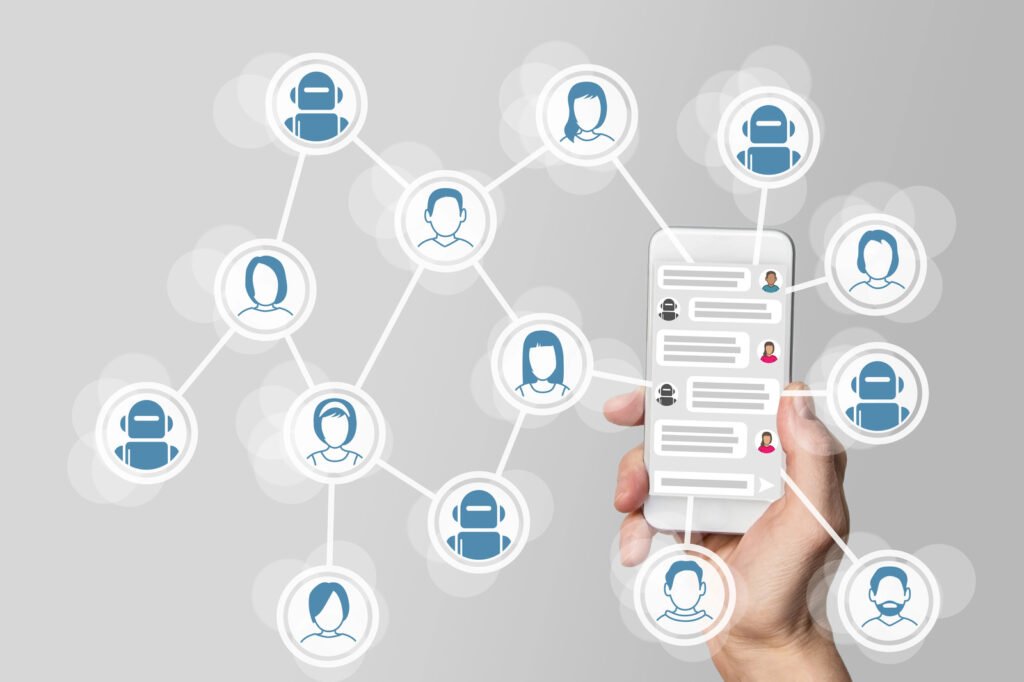
The integration on artificial intelligence and Machine learning in the workplace is transforming job roles and creating new opportunities for employees. It's not just about replacing human workers; it's about augmenting their capabilities and improving efficiency.
For businesses the future workplace needs to thrive in this rapidly changing landscape, they must embrace Artificial intelligence and continuously adapt to its advancements through machine learning. This entails investing in employee training, implementing ethical guidelines for AI use, and fostering a culture of innovation.
Examples of AI Systems in the Workplace
- Chatbots: These AI-driven programs can communicate with customers and assist with inquiries, reducing the workload on customer service representatives through natural language processing (NLP).
- Predictive Analytics: This technology uses historical data to make predictions about future trends, helping businesses make more informed decisions.
- Virtual Assistants: Similar to chatbots, virtual assistants use natural language processing (NLP) to assist employees with tasks such as scheduling meetings and managing emails.
- Image Recognition: This AI technology can analyse images and videos for object recognition, facial recognition, and image tagging. It has various applications in industries such as healthcare, retail, and manufacturing.
- Natural Language Processing (NLP): This AI technology allows computers to understand, interpret, and respond to human language. NLP is used in virtual assistants, chatbots, and other customer service tools.
Addressing Misconceptions and Job Loss Fears
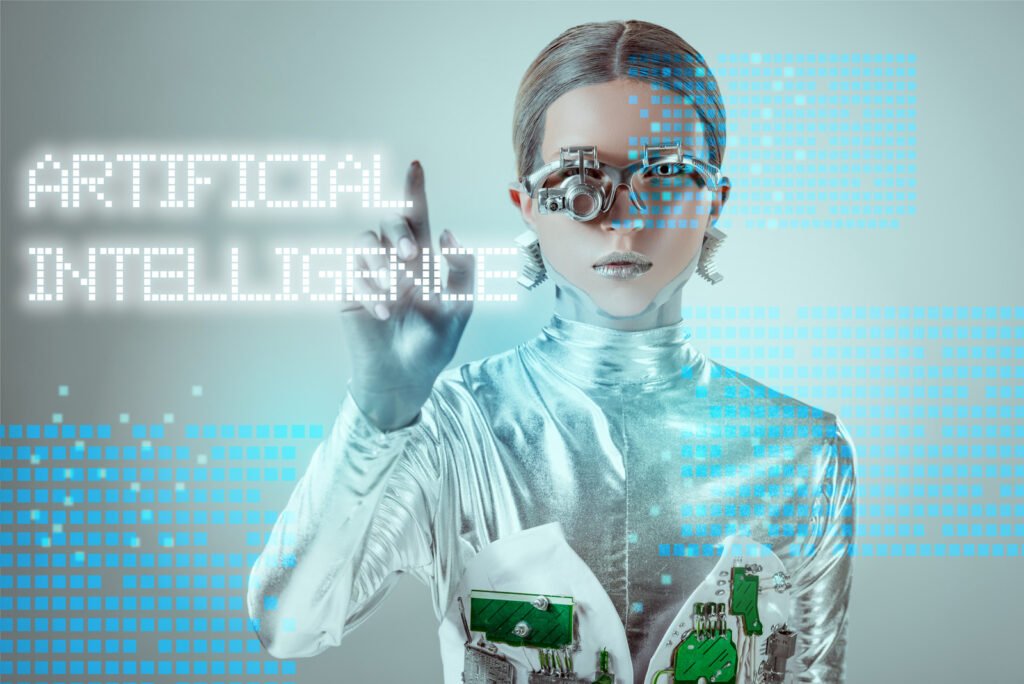
The fear that Artificial intelligence will lead to massive job losses is widespread, yet research suggests a more balanced outcome. While AI systems will undoubtedly replace some jobs, it will create new ones, particularly in areas requiring technical expertise and human oversight. Understanding machine learning and AI's net impact on employment is essential for addressing these concerns.
A study by the World Economic Forum suggests that although AI and automation will displace many jobs, they will also create millions across sectors like healthcare, education, and technology. The challenge lies in ensuring that displaced workers receive the training and support needed to transition into new roles.
Strategies for upskilling the workforce are crucial. Governments, educational institutions, and businesses must collaborate to provide accessible learning opportunities. Initiatives such as coding bootcamps, online courses, and apprenticeship programs can help workers build the skills required for emerging job markets.
Ethical Considerations and Best Practices for AI
With great power comes great responsibility. The deployment of AI in the workplace necessitates a strong ethical framework. Transparency, accountability, and diversity should be at the core of workplace AI development and deployment. Organizations must ensure that AI algorithms are unbiased and decisions made by AI systems are explainable and fair.
Case Studies
Case studies demonstrate the importance of ethical AI practices.
- Consider a tech company that employs diverse teams to develop Artificial intelligence models. By incorporating varied perspectives, they reduce the risk of algorithmic bias and improve AI systems' fairness.
- Another example is a financial firm committed to transparent Artificial intelligence use, providing clients with insights into how AI-driven decisions are made.
Establishing ethical guidelines is not just good practice; it's essential for fostering trust and reliability in workplace AI systems. Companies that prioritize ethical AI use are better positioned to achieve positive outcomes and build lasting relationships with their stakeholders.
Predictions and Trends for AI's Future
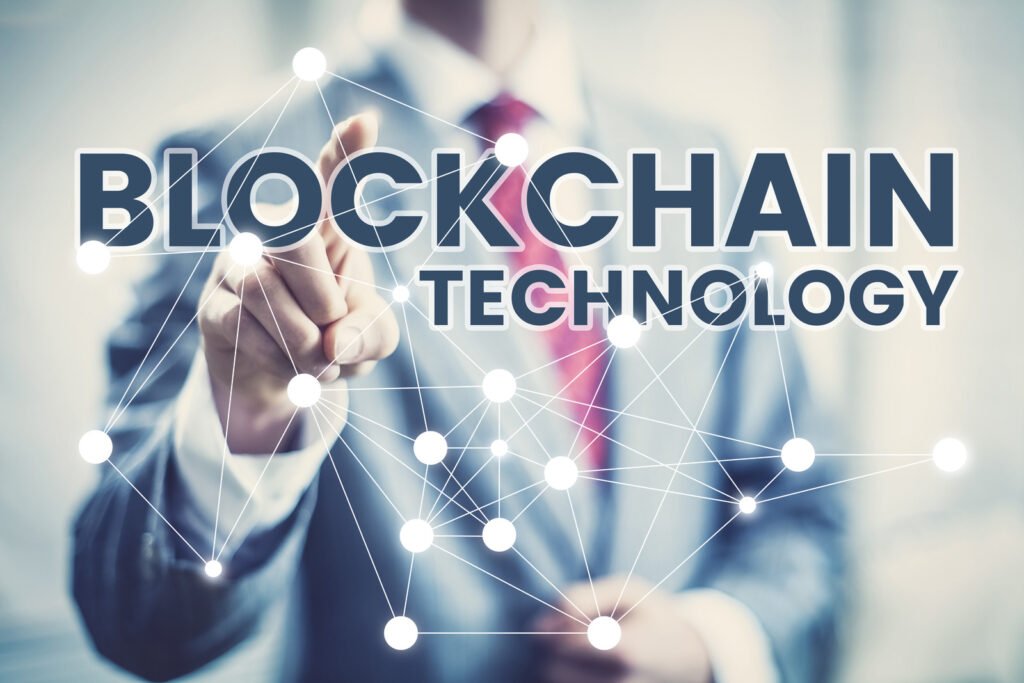
The future of workplace AI is filled with potential. Emerging technologies like the Internet of Things (IoT) and blockchain complement AI, creating interconnected ecosystems that enhance operational efficiency and data security. These technologies will continue to shape how businesses function.
The future of work is likely to see AI taking on more strategic roles, assisting in decision-making processes and providing insights that drive innovation.
Critical thinking , creativity, and emotional intelligence will continue to be highly valued skills alongside technical expertise.
AI's evolving role will require ongoing adaptation from both businesses and employees. Flexibility, creativity, and a willingness to learn will be critical traits for success in this Artificial intelligence driven era.
Workplace AI Cyber Security
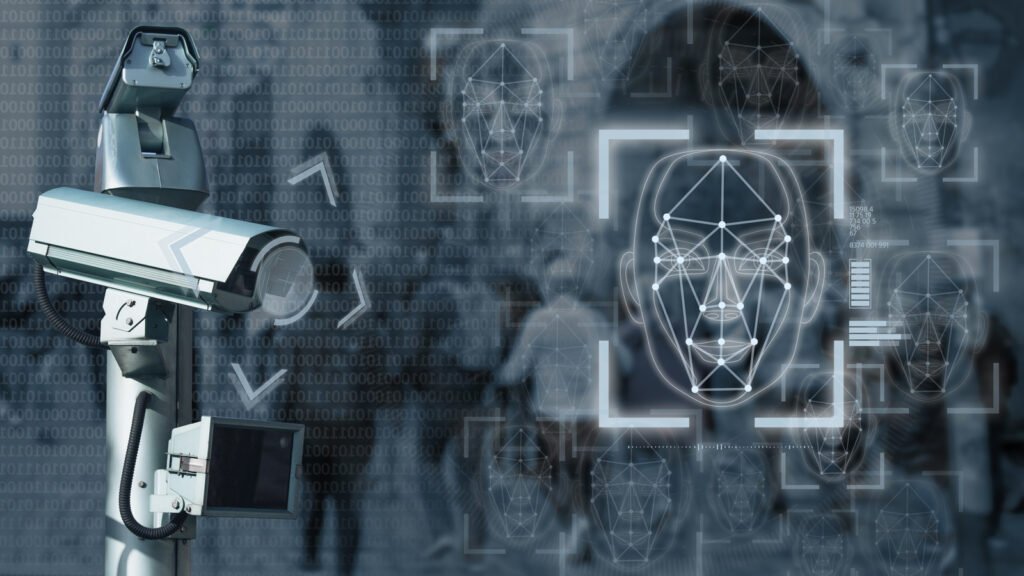
One area gaining attention is the role of AI in cybersecurity. As workplace AI systems become integral to business operations, protecting them from cyber threats is paramount.
AI-driven cybersecurity measures offer enhanced threat detection and response, providing a robust defence against potential attacks.
Conclusion
Workplace AI represents a significant opportunity for growth and transformation. Its ability to take over repetitive tasks enhances productivity, create new roles, and drive innovation makes it an invaluable asset for businesses willing to invest in its adoption. However, responsible AI use is essential to realize its benefits fully.
By addressing ethical considerations, upskilling the workforce, and fostering a culture of continuous learning, organizations can harness workplace AI's potential while mitigating risks. AI is not just a tool for today; it's a foundation for the future of work. Understanding its implications and preparing for its impact is crucial for businesses aiming to thrive in an increasingly AI-driven world.